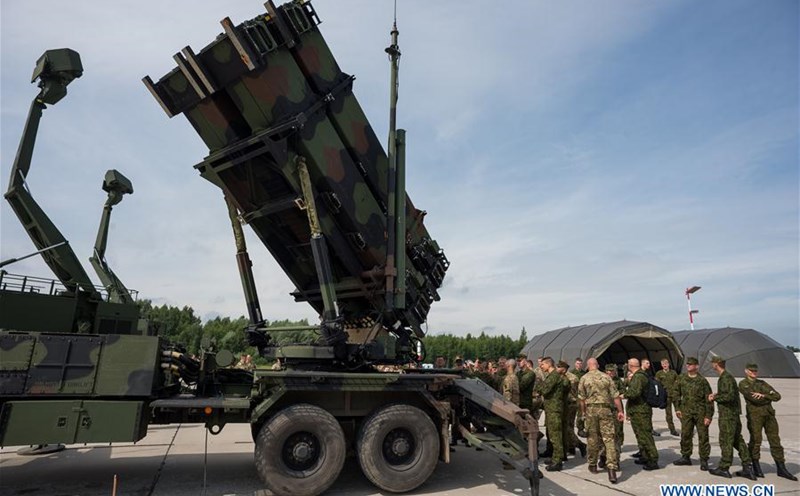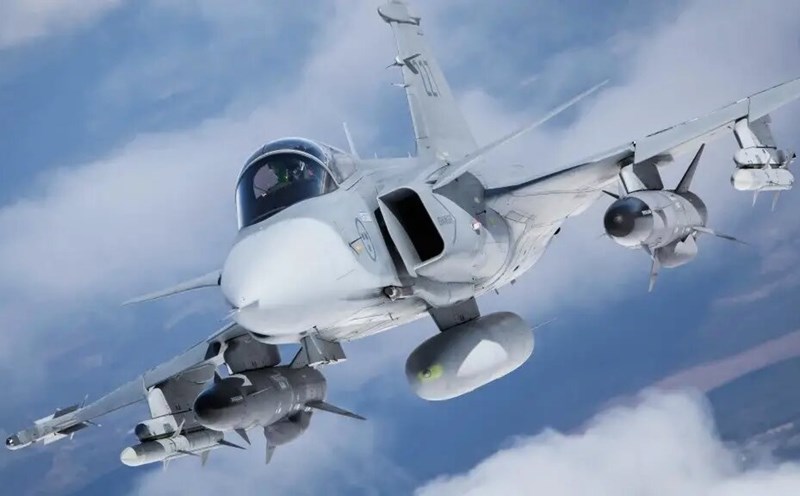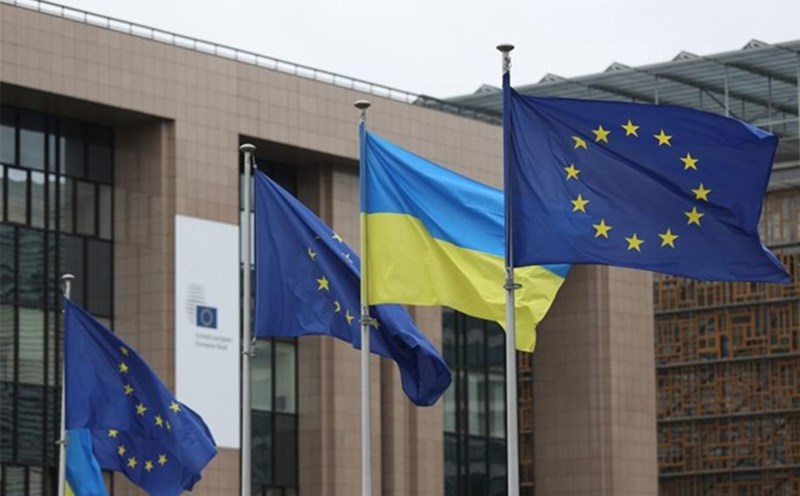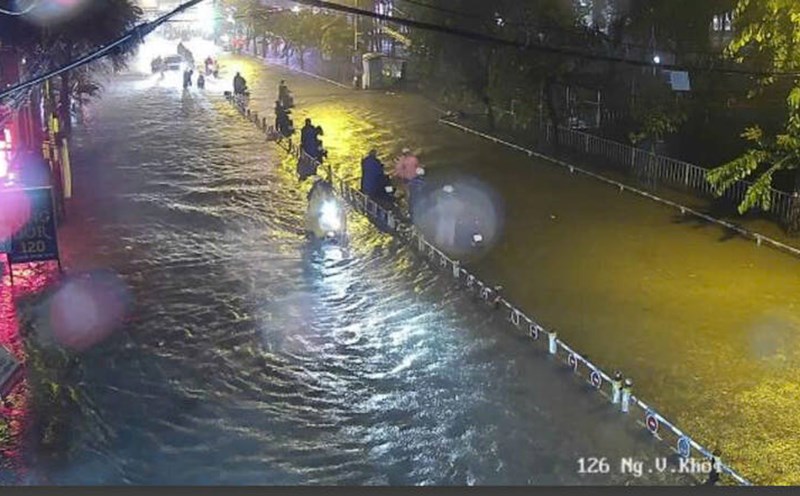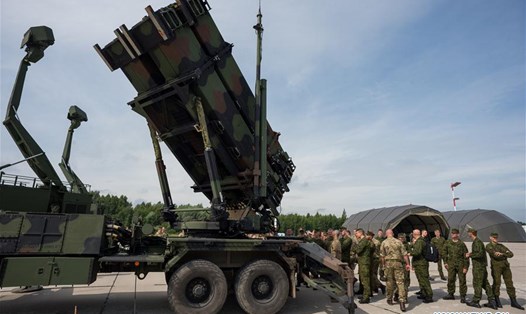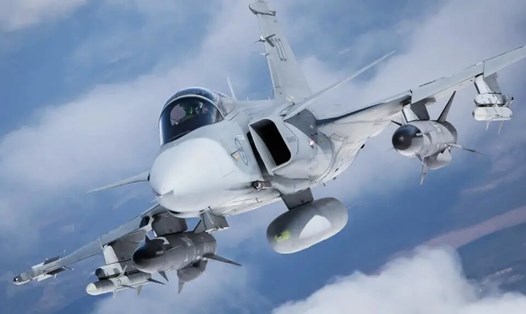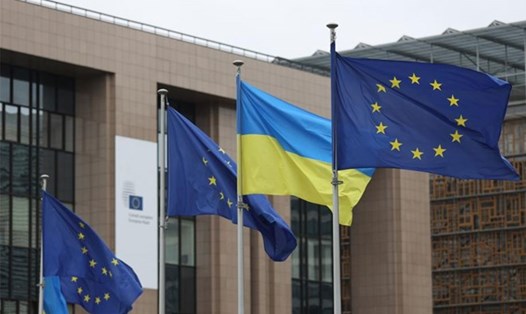According to Ukrainian President Volodymyr Zelensky in September, the country plans to mobilize $120 billion to serve the 2026 defense plan if the conflict with Russia has not ended.
At that time, Mr. Zelensky said that Ukraine would handle the remaining $60 billion, and called on its allies to support the remaining part.
The Ukrainian leader also acknowledged that securing $120 billion to strengthen defense capabilities is a big challenge, in the context of the countrys economy being gradually eroded by the conflict with Russia.
Notably, a recent report by the Kiel Economic Institute (Germany) shows that military aid to Ukraine has decreased sharply in July - August 2025, despite NATO launching the List of Priority Demands of Ukraine (PURL).
According to the report, military aid in July-August 2025 from Europe decreased by 57% compared to the first 6 months of the year, while the overall global decrease was 43%, although Canada partially offset the 1.2 billion euro (US$1.39 billion) aid package in August.
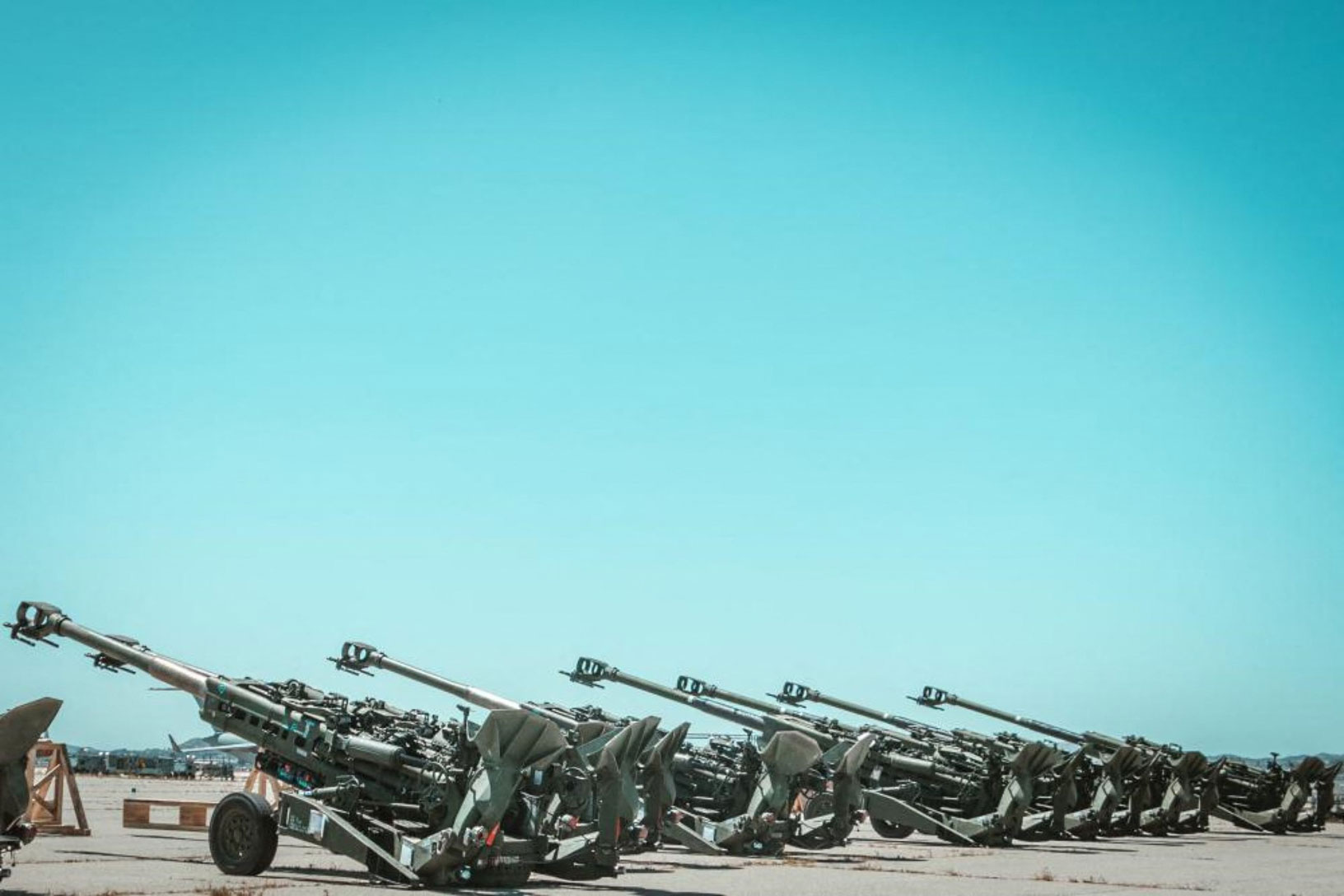
This decline has surprised greatly the Director of Research at the Kiel Institute for Economics, Christoph Trebesch, as he has seen a record increase in the number of weapons supplied by Europe to Ukraine on the PURL list, right after the US announced the end of military aid in the second quarter of this year.
Experts say the main reason for this situation is that Europe is focusing on strengthening defense capabilities in the context of the increasingly complex geopolitical situation in this continent.
Therefore, they must prioritize filling all gaps in the arsenal and that Ukrainian military aid will depend on arms procurement contracts, which take years to produce.
This was further clarified when on October 22, Swedish Prime Minister Ulf Kristersson said the country needed about 3 years to hand over the first Gripen E to Ukraine, after the two sides signed an air force cooperation agreement. Document paving the way for an export agreement for 100-150 Gripen fighters.
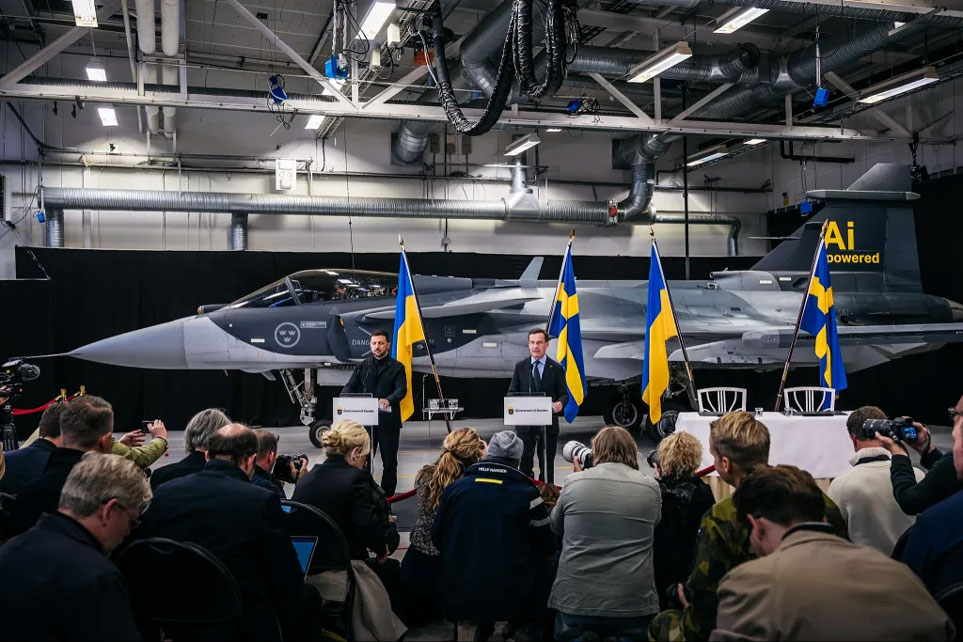
However, with plans to operate only 120 Gripen by 2030, half of which are new E variants, Ukraine is likely to receive only about 37 Gripen C/D and the figure could be even lower due to Stockholm's domestic demand.
Observers say the recent decline in military aid may be just the beginning of a more difficult period for Ukraine.
The need for European countries to prioritize self-re arms, along with the slow progress of defense contracts, is significantly reducing weapons supply to Kiev.
Meanwhile, the huge financial need of $120 billion for 2026 is still not guaranteed, raising concerns that if the conflict continues without more large-scale aid, Ukraine's frontline defense could face the risk of collapse, even affecting its combat capabilities.

